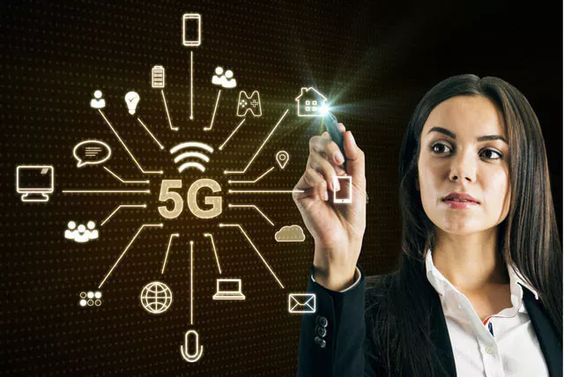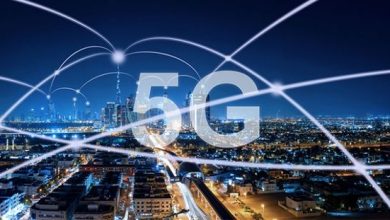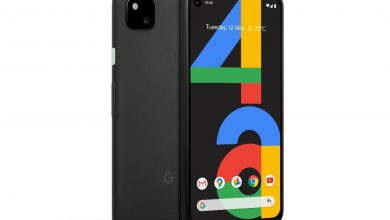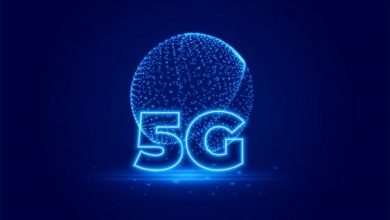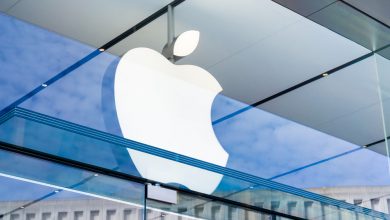How Fast 5G Technology is?
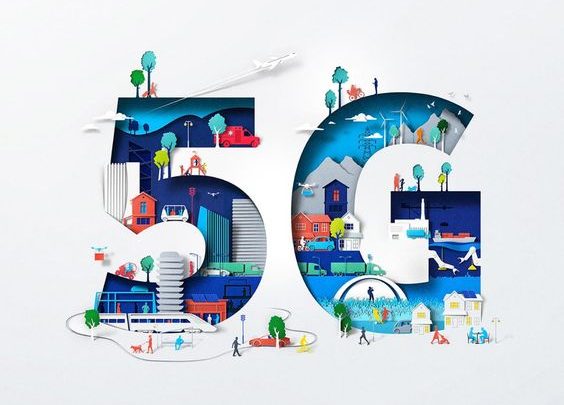
The International Telecommunication Union (ITU) is a specialized body at the United Nations.
It evolves technical standards for communication technologies. And it sets the rules for radio spectrum usage and telecommunications interoperability.
In 2012, the ITU created a module called “IMT for 2020 and beyond” to research and establish minimum requirements for 5G technology.
After several years of work, the agency created a draft report with 13 minimum requirements for 5G in 2017.
Once it set the minimum requirements for the 5G network, the 3rd Generation Partnership Project (3GPP), a collaboration of telecommunications standards organizations, started working on building standards for 5G.
In December 2017, 3GPP achieved its non-standalone (NSA) specifications, and in June 2018 it followed up with its stand-alone specifications (SA).
Both NSA and SA standards share the same specifications. But NSA uses existing LTE networks for rollout.
While SA will use a next-generation core network.
The standards set by 3GPP closely correspond with IMT-2020 performance targets and are somewhat complex, but here’s a general rundown:
Peak data rate
5G will provide faster data speeds. Peak data rates can hit 10Gbps uplink and 20Gbps downlink per mobile base station.
Real-world speeds
While the peak data rates for 5G sound pretty impressive. The actual speeds won’t be the same. The spec calls for user uploads speeds of 50Mbps and download speeds of 100Mbps.
Latency
The time it takes data to travel from one point to another, should be at 4 milliseconds. In ideal circumstances, at 1 millisecond for use cases that demand the utmost speed.
Efficiency
Radio interfaces should be energy efficient when in use, and drop into a low-energy mode when not in use. Ideally, a radio should be able to switch into a low-energy state within 10 milliseconds when no longer in use.
Mobility
Base stations should support movement from 0 to 310 mph with 5G. It means the base station should work across a range of antenna movements. While it is easily done on LTE networks, such mobility can be a challenge on new millimeter-wave networks.
Connection density
5G technology should be able to support many more connected devices than LTE. The standard states 5G should be able to support 1 million connected devices per square kilometer.
Read More: 5G Technology: All You Need to Know
